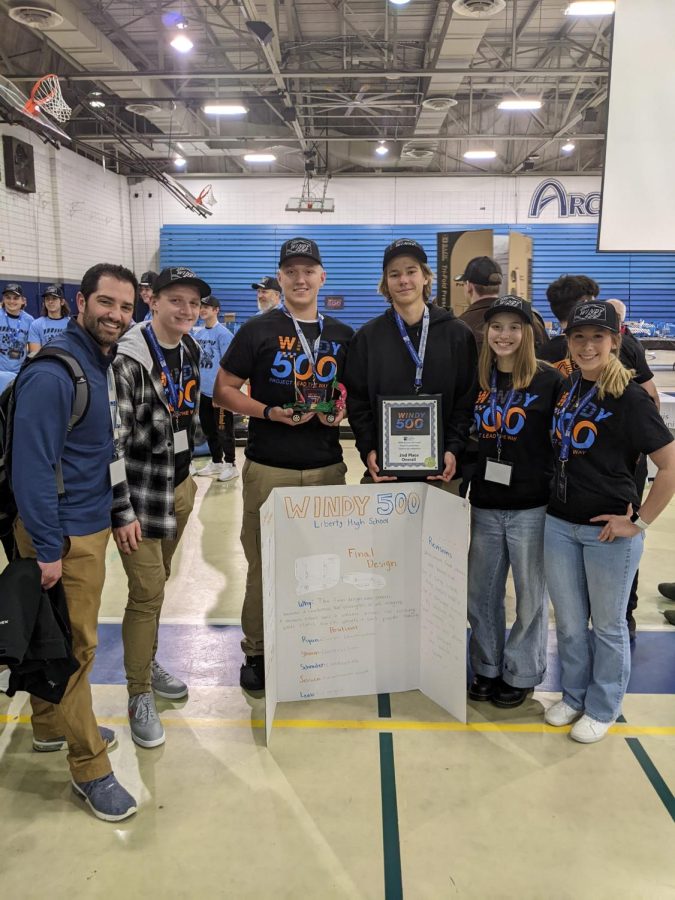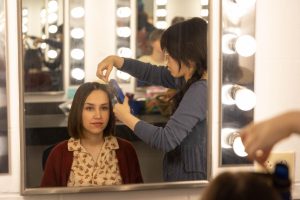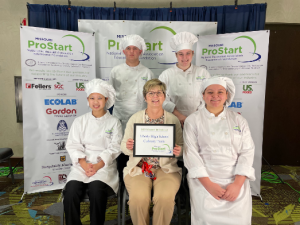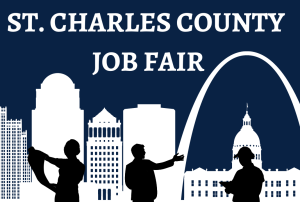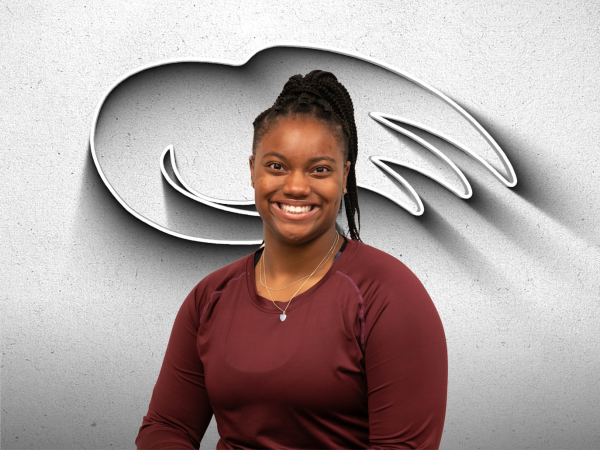PLTW Engineering Program Places 2nd Overall at Windy 500
Five students compete in St. Louis area PLTW engineering competition
The PLTW engineering team hold their project and second place trophy.
March 7, 2023
Ryan Lipski, Shaun Dobratz, Schader Ludwig, Leah Dudley and Jessica Wagner all competed in an engineering competition, called the “Windy 500” on Feb. 24. They competed against 22 other area schools that have PLTW programs at the St. Louis Community College and took home second place.
“They were challenged with designing and building a vehicle to be powered by wind only,” PLTW teacher Mr. Peggs said.
“The judges judged them by their design, presentation skills, ability to work as a team, and from the two different types of ‘wind courses.'”
The interesting part of this story is that Mr. Peggs was not there during the competition. He was on a tour going around the campus learning about the college’s STEM careers. So the students were on their own to create their model, but there were advisors available if a team needed advice with their project.
Junior Jessica Wagner was one of Liberty students who participated.
“I was nervous going into it, but it was not too hard of a concept,” Wagner said.
When they were told of the concept and what they had to build, they had two hours to make a presentation board and build their vehicle model. In this process, everyone in the team decided a role for each person to contribute to the competition, which they had to put on their board. Lipski oversaw construction, Wagner was on putting together/making the presentation board, Dobratz and Ludwig were on construction, and Dudley filled in the gaps if anyone needed her to help them.
On the presentation board, everyone had to contribute to designing the model. The first step was for everyone to make a concept sketch of what they thought the model would look like for it to work best. The next step was the decision matrix, which they would rate each sketch/model based on their main focus. The main focus was rotation, speed, and control for their vehicle. The last step was the final design, in which they took the best strength of each design to construct their final vehicle and start putting together their presentation board.
After figuring out the final model of the vehicle from the presentation board, it was time to start constructing the vehicle. For the bottom of the vehicle, it was made out of cardboard material, the wheels were on the bottom of the cardboard to make the vehicle move, the sails were made out of two pieces of a cut up red bandana, the skewers were for posts/centers, and straws were for the horizontal of the sails that were taped to the skewers. Then, it was time for the teams to put their vehicles to the test.
The team’s vehicle had to go through two courses to test their building method. The judges used air blowers to create the wind for the vehicles that were described as looking like the ones bouncy houses have to blow them up. The first course involved the vehicles going straight, then curving then going back straight. This was to see which vehicle would go the farthest with the obstacle of the curve. The second course involved racing another team’s vehicle to see who would pass the finish line first. Afterward, the judges added up each team’s score on how accurate their presentation skills, ability to work as a team, and how their vehicle did through each course.
Our team proudly placed 2nd overall out of 22 area schools.


